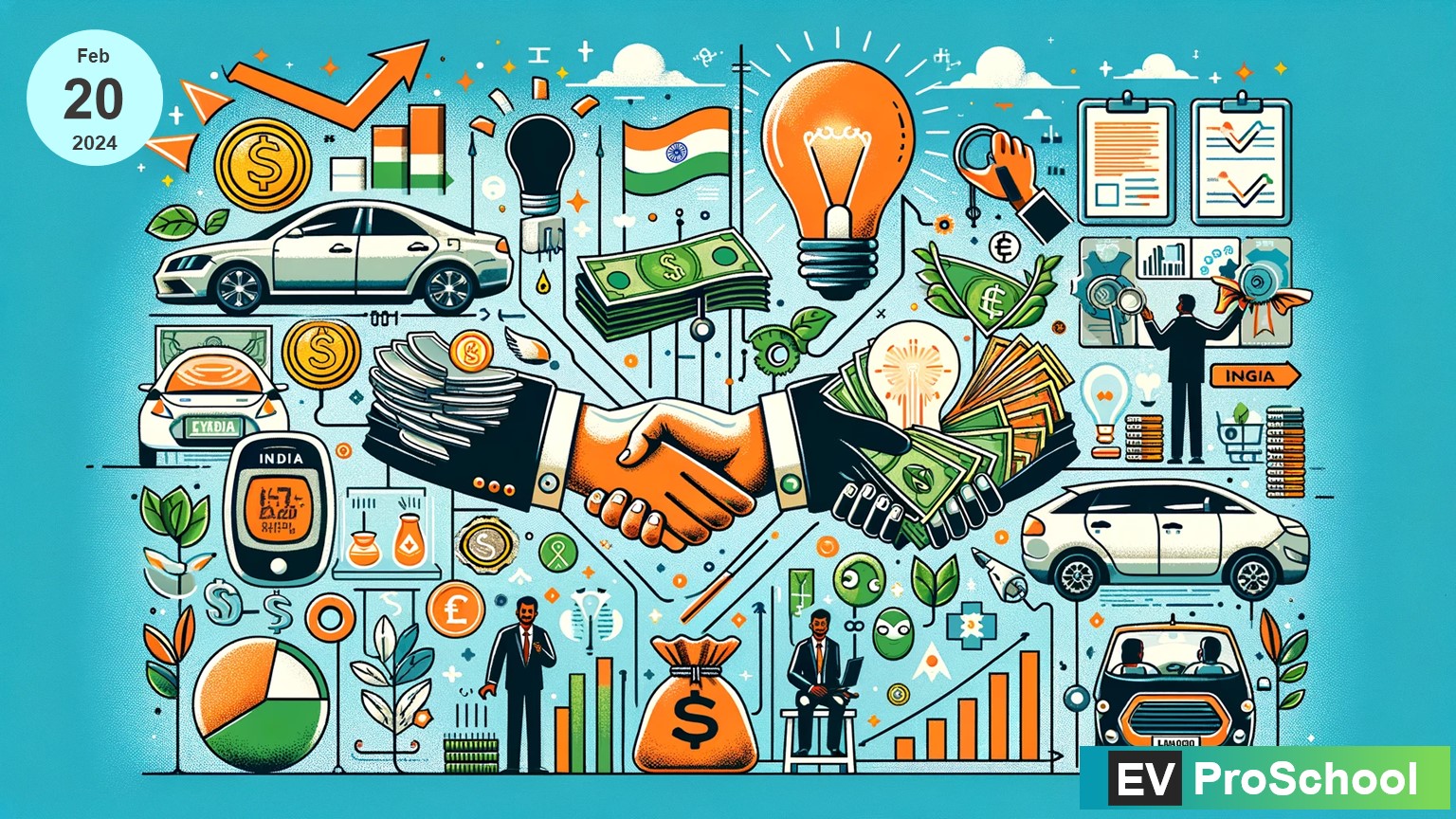The electric vehicle (EV) sector in India is on an accelerated growth path, fueled by innovation, consumer interest, and supportive government policies. For EV businesses, securing the right mix of financing is crucial to navigating this fast-evolving landscape. Let’s explore some alternative finance sources and distinguish between venture capital and business angels, providing real-life examples from the Indian EV market.
a) Retained Earnings/Existing Cash Balance
Retained earnings, the accumulated net profits after dividends are paid out, serve as an internal source of finance. For an EV company with substantial retained earnings, this pool of funds can be reinvested into R&D, expansion, or new projects without taking on debt or diluting ownership through issuing new shares. A prime example is Tata Motors, which has been reinvesting its profits into expanding its EV lineup and infrastructure.
b) Sale & Lease back
This financing mechanism involves selling an asset, then leasing it back from the new owner. For EV businesses, this could mean selling manufacturing equipment or property and leasing it back to free up capital. Mahindra Electric, for instance, could explore this option to unlock capital tied up in fixed assets to fund expansion plans.
c) Grants
Grants from government bodies or international organizations are a crucial funding source, especially for startups focusing on sustainable transportation. In India, schemes like FAME India (Faster Adoption and Manufacture of Electric Vehicles) provide grants to EV companies for research, development, and infrastructure projects.
d) Debt with Warrant Attached
Debt instruments with warrants offer lenders the right to purchase equity at a predetermined price, providing an additional equity kicker to the debt. This can be attractive for EV companies looking to raise funds with a sweetener to compensate for higher risks. Although specific examples in the Indian EV market are scarce, this method represents a growing opportunity for innovative financing.
e) Venture Capital
Venture capital firms invest in high-growth startups in exchange for equity. They bring not only capital but also mentorship and access to a network. Ola Electric‘s raising of funds from Tiger Global and Matrix India is a testament to the role of venture capital in scaling innovative EV solutions.
f) Business Angels
Business angels are affluent individuals who provide capital for startups, usually in exchange for ownership equity or convertible debt. Unlike venture capitalists, angels are typically less formal in their investments and offer personal expertise. A notable example is Ather Energy, which received early-stage investment from the co-founder of Flipkart, Sachin Bansal, an investment that underscored the potential of individual angel investors in propelling the EV industry.
Venture Capital vs. Business Angels
While both venture capital and business angels provide crucial early-stage funding, the key difference lies in the source and scale of the investment. Venture capitalists are professional groups managing pooled money from various investors to invest in a portfolio of companies. In contrast, business angels are individual investors focusing on personal investments. Venture capitalists might offer larger sums and require more substantial equity in return, along with formalized governance structures. Business angels, however, often engage more personally, offering mentorship based on their experience.
Real-life Examples
The Indian EV market is ripe with examples of diverse financing routes:
- Ather Energy: Started with angel investment from Flipkart’s co-founder, later securing venture capital to fuel its growth.
- Tata Motors: Utilizes retained earnings to invest in its EV segment.
- Ola Electric: Benefited from substantial venture capital investment to kickstart its ambitious EV and battery manufacturing plans.
Conclusion
For Indian EV companies, exploring a broad spectrum of financing sources is key to sustaining growth and innovation. From internal funds like retained earnings to external injections from venture capital and business angels, each source has its nuances and benefits. As the sector continues to mature, the diversity of funding mechanisms will likely expand, offering tailored solutions to meet the unique needs of EV businesses in India.



